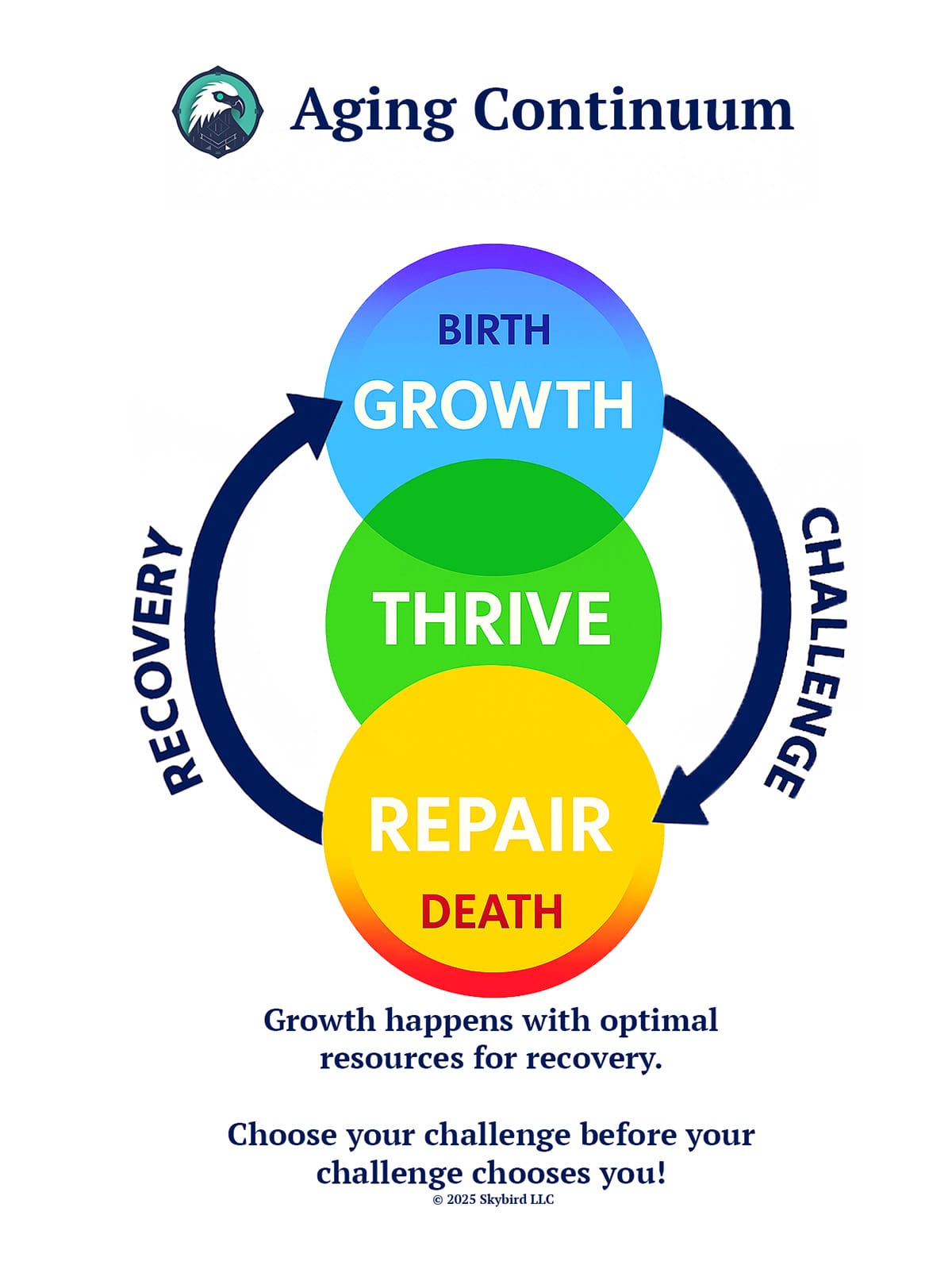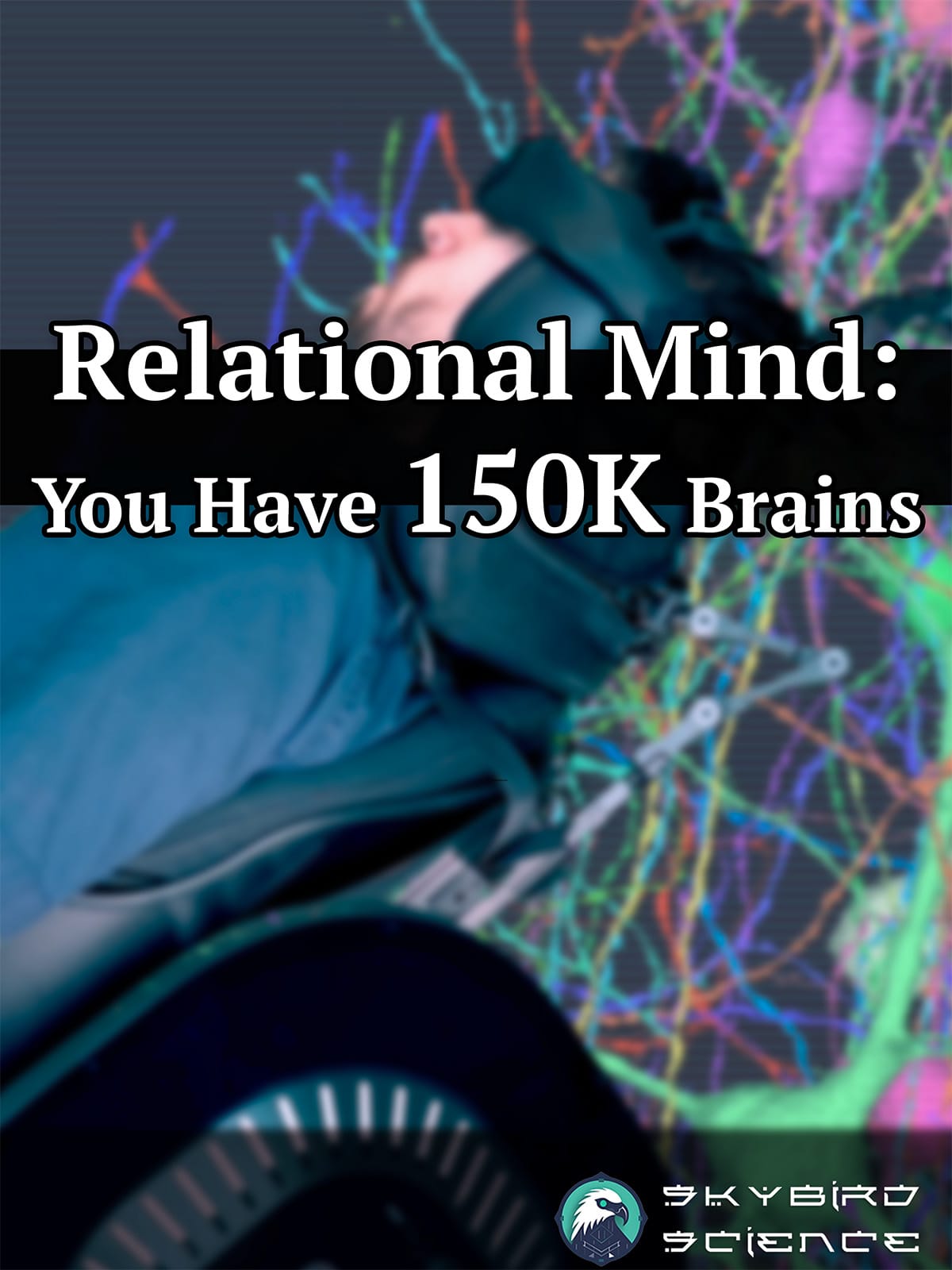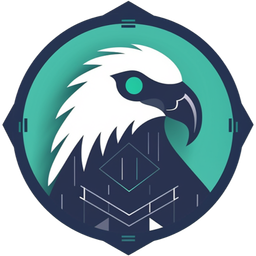I've enjoyed studying the brain for many years, and I find it endlessly fascinating. Having said that, I realize that most people don't delve into the depths of neuroscience, so I'll use comparisons that I've found helpful to visualize and apply these insights.
Overview of Relational | CNS
Before applying the principles of the Relational Domain, I need to clarify what I mean by Relational.
Although the English word Relational may be associated with social relationships, Relational, in the CRONOS Framework, defines our ability to relate, not just to people, but to places, possessions, and perspectives in time—everything we know, everyone we know, everywhere we spend time in, and everything we have, both past and present; our identity, personality, principles and patterns of knowledge and behavior.
We create experiences, which develops our foresight. We make choices, which will increase the probability they will occur. We collect things, which will occupy space in our mind. We make commitments, which will take our attention. We learn concepts, which deepen with experience.
Whatever info we take in was encoded in some form by another intelligent entity. Cave paintings, scrolls in clay jars, repetitive voice prompts from the phone tree, instruction manuals, audiobooks, captured in films and portrayed in duets on goofy TikTok videos.
We express ourselves in music composition, poetry, etch-a-sketch, and non-verbal body language. The turn of the head, jump of the eyebrow, twinkling in the eye, and folding of the arms; what is unsaid and our tone of voice, as well as what they say. Finger painting and mosaics, jigsaw puzzles. Recording “note-to-self” on the new voice recorders with the tiny cassettes, lost and then rediscovered by our grandchildren who try to figure out what that long strip of shiny stuff is. We paint with acrylics and pixels, write sonnets and ballads on parchment. We compose on Digital Audio Workstations, play the kazoo and the hurdy-gurdy.
That fact on the tip of our tongue from the yellowed Reader’s Digest recalled at 3 am. Interviews with the author on YouTube that take us back to that radio show. A smell reminds us of Mom’s cooking. The teller at the bank has the annoying mannerisms of that professor; and the way our boss somehow cheers us up like our kindergarten teacher. What we were taught in Sunday School and later disproved by ancient scrolls in clay jars.
Dry facts about tectonic plate shifts become frightening tsunamis destroying beachside villagers, who themselves become mere statistics. That feeling of awe from the night sky in the cabin by the lake twenty years ago is rekindled upon our first glimpse of the Hubble Deep Field—to be eclipsed with experts gushing over early galaxy formation captured by the James Webb Space Telescope. Why the smoke from the barbecue billows out towards our face regardless of the wind direction. Memories of the family cat getting run over when we learn about quantum weirdness and Schrödinger’s Cat. Irony of coffee stains on our birth certificate while our recipes survive unscathed on the kitchen island. The absurd voicemails from telemarketers, infomercial jingles we desperately try to forget and the panic of what our wife said to remember. These are like threads woven throughout the brain.
The sum total of our outer world is modeled in our mind like layers of fabric, stitched together over the course of time, starting from before we emerge from the womb until they unravel in our final moments of life.
Neural networks, mental models, reference frames, mindsets, paradigms and other terms refer to the same phenomenon. It is how the information is stored.
They are not necessarily in one location in the brain; all patterns are connected to some degree or another. The emotional aspects are encoded via the hippocampus and amygdala; then resurface when we least expect it. We learn, remember, express and communicate.
Neural Mechanisms of Relational Mapping
Our brains continuously weave these threads into an internal map of the external world, allowing us to relate to people, places, and possessions in a structured way. At the core of this mapping are cortical columns—vertical networks of neurons in the neocortex that serve as independent modeling units, a bit like spools of thread. Each cortical column learns predictive models of our outside world by integrating sensory inputs over time. In fact, neurons within a column form an ongoing simulation of what we expect to perceive next. While walking down the sidewalk, ever notice your heart skip a beat after a slight change in elevation? The transition perceived through our feet was slightly miscalculated.
Imagine picking up a coffee cup in a black box. How would you know what it is? Well, each touch provides a clue. Then your brain’s columns predict what you will feel at the next touch. This is how the brain models objects and environments through movement, gradually converging on a stable representation of “cup” after a few touches. This same cortical circuitry operates in vision, hearing, and all other senses. That would imply that the same way of processing information is used; thus the cortical algorithm is how it learns any pattern.
According to the Thousand Brains Theory of Intelligence, we have thousands of models working in parallel across cortical columns. Each column builds its own model using reference frames – internal coordinate systems for representing the location of sensory features relative to an object or concept.
Every column is like an observer with a slightly different viewpoint. Our perception emerges from the consensus of these many parallel models. This massively redundant architecture explains why the human neocortex (with roughly 150,000 cortical columns) excels at recognition – even if some inputs are missing or ambiguous, enough columns can still piece together the puzzle to identify a person’s face or the chair in a cluttered room.
Questions of Impact
Who are the people we need to learn from the most? What relationships are we neglecting? What are the things we value? When are we at our best?
What kinds of media do we consume, and what influence do these have on us? What do we need to learn? What do we want to unlearn?
What things do we have to get rid of, what things do we need? How do we reduce the drag that clutter claims on our consciousness, inevitably wearing us down and tiring us out?
What promises have we made? What open loops do we need to close? In other words, what commitments are we not giving our full attention to, and which ones are pulling us away from the ones that matter the most?
How do the places we have access to transform our state of consciousness, and how does this lead to clarity or confusion, serenity or stalemate, stimulation or stagnation? Or put another way, where can go so we feel at our best, and how would that experience transfer into our everyday experience?
How does our persona affect our perception? How can we align our cognitive preferences with our daily activities?
What patterns have we inherited or unconsciously acquired? What new patterns do we want to make? How can we repattern our behavior and our mindset? Is that even possible?
A future article will explain more about the conceptual framework of CRONOS and the scientific research that supports it.




